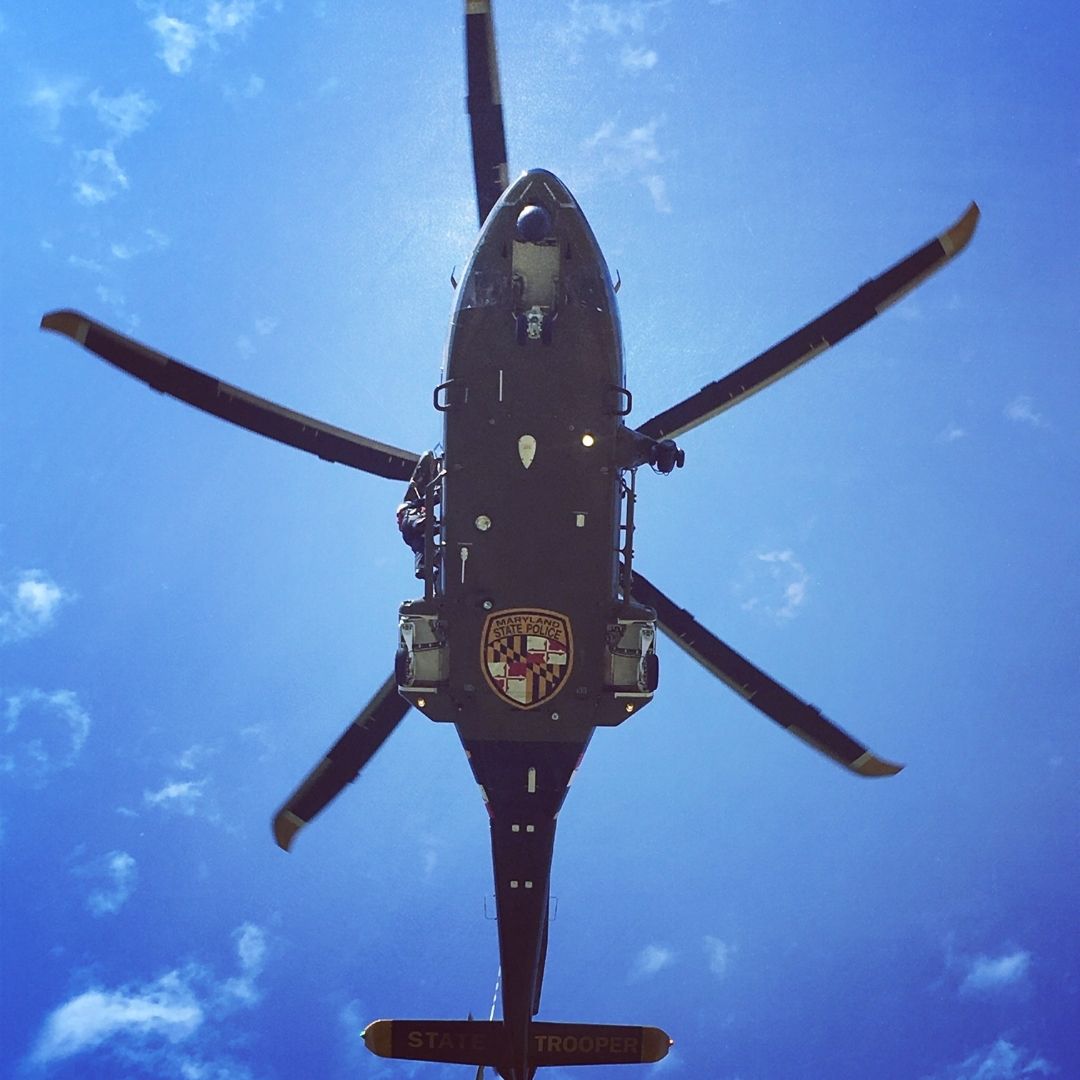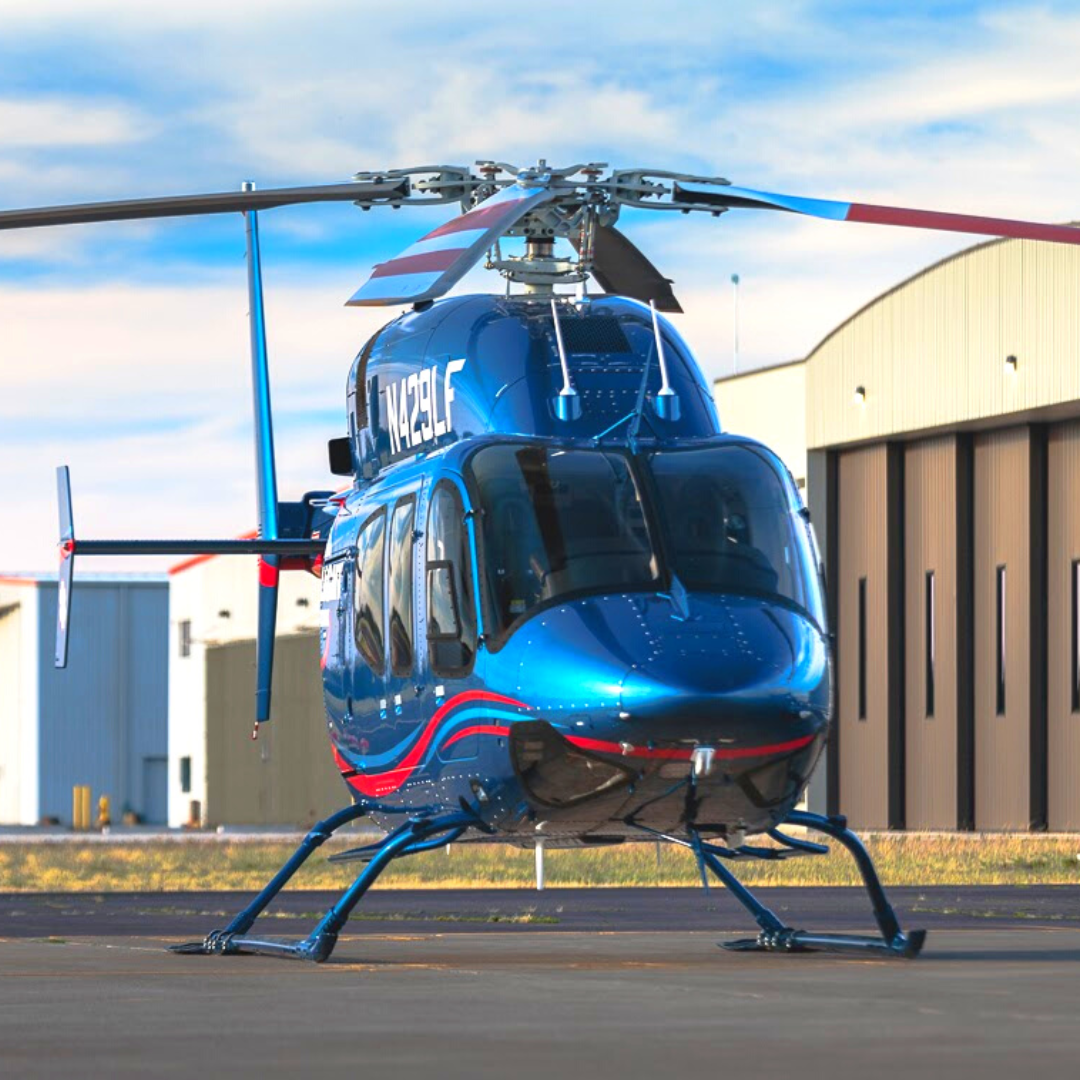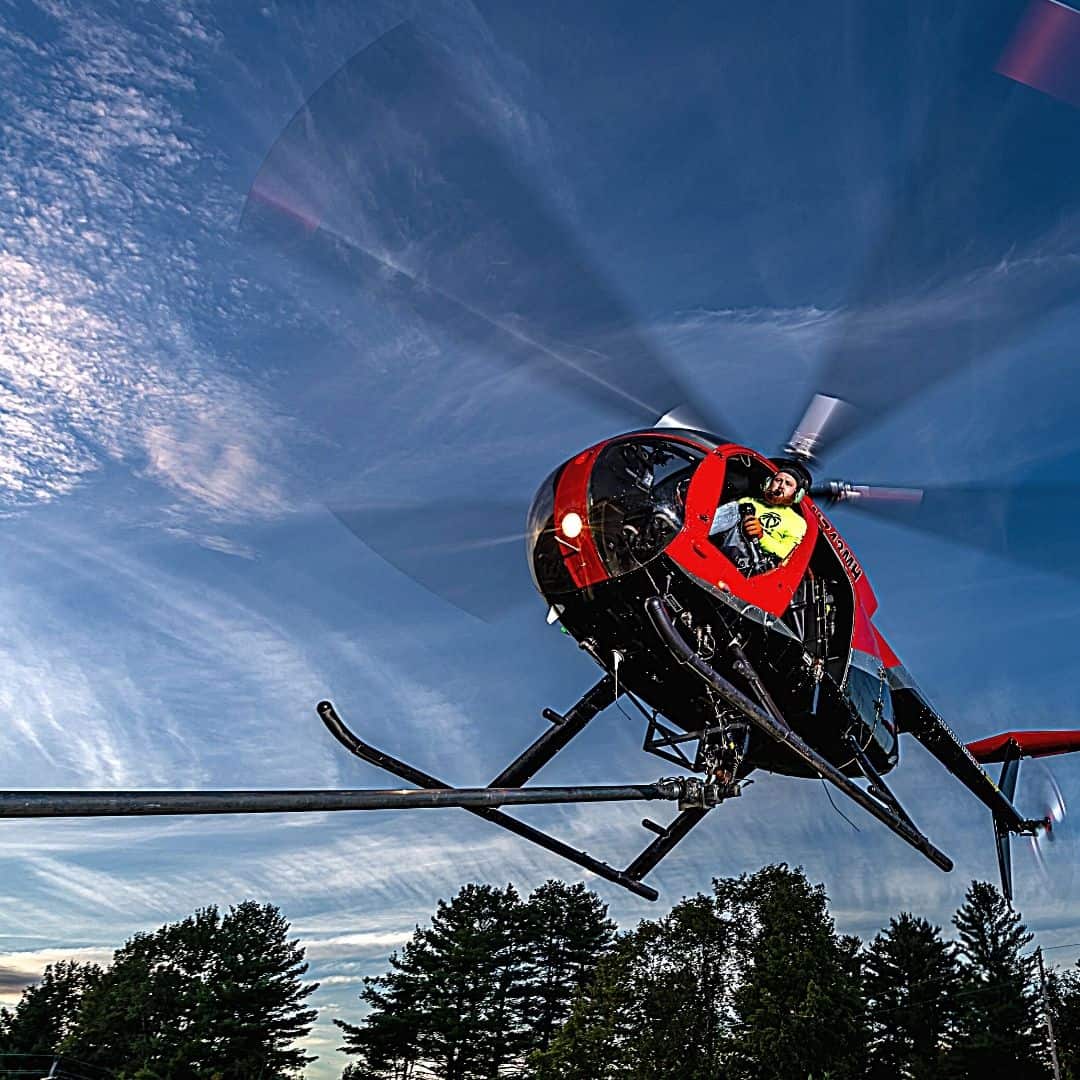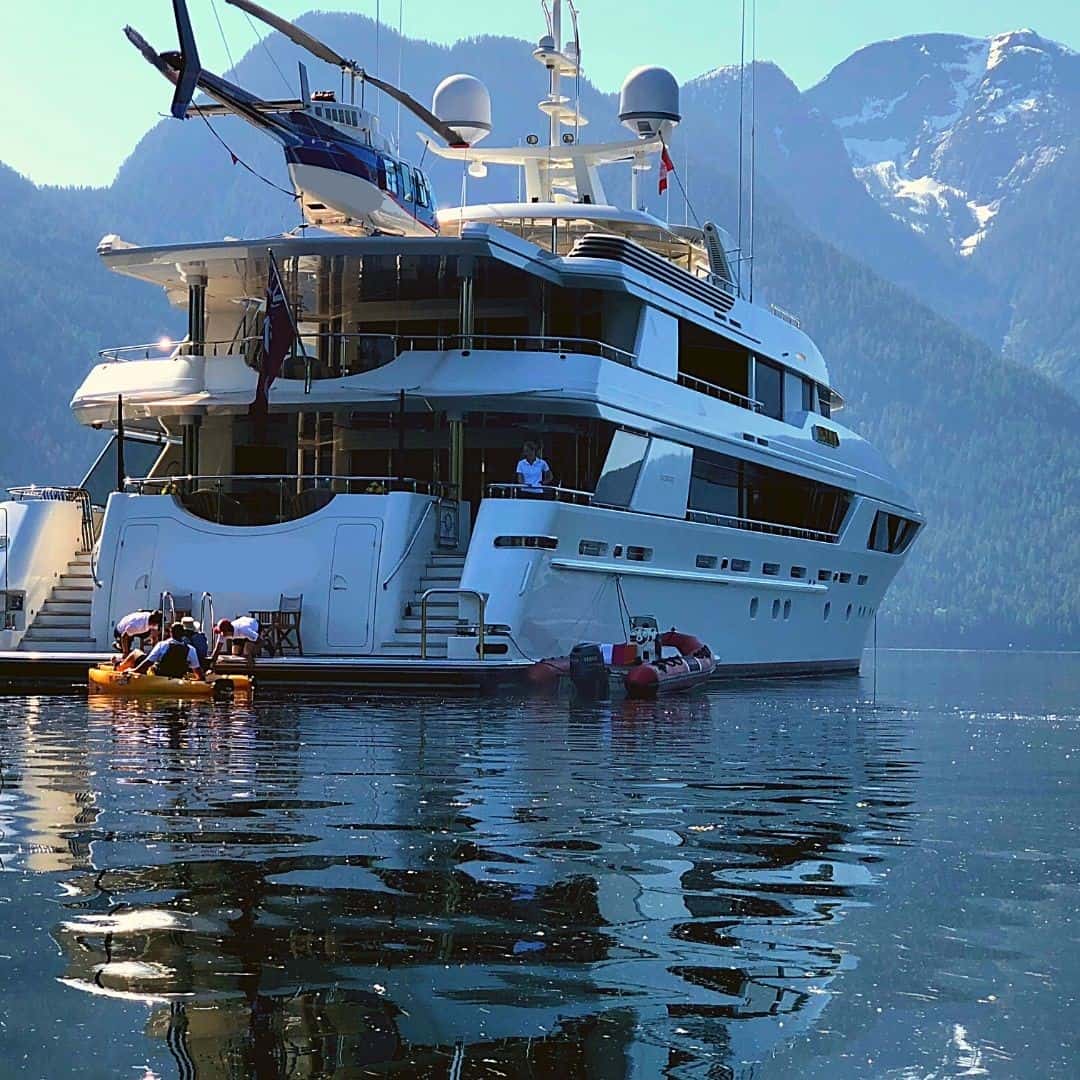If you grew up in Ireland in the 80s and 90s like I did, you’d be familiar with the AS365 Dauphin. Operated by the Irish Air Corps, it was both a familiar sight and a familiar sound. That sound, a high pitch whine, was due to its unique tail rotor known as a fenestron.
So growing up, I had a very specific goal in mind, I was going to fly helicopters but more specifically, I was going to fly a Dauphin!
I started my flight training journey in Australia in 2001 and by 2008 I was flying the AS365 for the Maryland State Police (MSP).
When I arrived at MSP in 2008 they had 11 Dauphins operating from 8 bases, but change, as they say, is constant and today, they operate 10 AW139’s from 7 bases around the state. I’m just thankful that I could accomplish one of my biggest career goals before that opportunity was lost and then continue that career in a top-class organization flying state of the art aircraft
If you’re interested in hearing more about that journey, check out my previous post on the subject titled “How Did I Get Here?”


A Day in the Life at Maryland State Police
The idea that I can describe a typical day is a bit of a contradiction. It’ll come as no surprise to you, that there is no typical day here, especially if you’re already involved in the industry. The following is my recollection of a recent day at work and though not typical, it’ll give you a taste of what we do.


Night Shift
For the night shift, I arrive at my permanently assigned base before 7 pm, its one of 7 bases around the state of Maryland, and for the quickest route to our office, I usually enter through the hangar. If it’s not out flying I’ll be greeted by one of the most amazing aircraft I’ve ever had the privilege of flying, the very capable AW139. Everything about it is awesome, from the sleek exterior to the advanced avionics, to all the extra equipment that goes along with a Multi-Mission aircraft that on any given hour of any given day, operates with a combined Trooper and Civilian crew of 4. This crew along with 6 other crews like it around the state are expected to perform any of our 5 core missions 24hrs a day. The importance of this is not lost on me as I start the shift, the phrase “to expect the unexpected” comes to mind.


Our crew change is hectic sometimes but as the 4 crew members change places with their respective counterparts our crew settles into our duties. As Pilot in Command (PIC) I have the responsibility of checking the weather, both existing and forecast, the status of our aircraft, doing a risk assessment as well as Weight and Balance, and then usually both PIC and SIC preflight the aircraft. As a 4 person crew, I fly with 1 other pilot and 2 State Trooper/Paramedics in the rear. The rear crew have preflights of their own, including Medical, Law Enforcement, Night Vision Goggle, and Rescue equipment. After the preflights and paperwork are all done we hold a crew brief. This is usually directed by the PIC but includes input from all 4 crew members. Tonight, the weather is good enough to be above our agency’s minimum’s and we indicate our current status on our dispatch software. This gives the supervising dispatcher (“Syscom”) a quick reference as to the status of the crew, the aircraft, and our current weather status so he can make quicker decisions when assigning a mission to any particular base/crew.
Aerial Rescue
Within two hours of tonights shift starting, we receive a dispatch request for a patient with medical difficulties on a cruise ship in the Chesapeake Bay. Requests for aerial rescue within the Bay and all inland waterways in the state of Maryland often go first to the Coast Guard but are then passed to us for completion. As soon as the request comes in we double check the weather both in the area of the rescue and the expected receiving hospital. The weather is good enough, the rescue gear has been configured and we have indicated to our dispatch that we can accept the mission. As is often the case, as soon as we take off our radios get busy. We fly in and around some of the busiest and most restricted airspace in the country. As the Co-pilot is talking to an approach controller our rear crew is talking to both the US Coast Guard and Syscom. Both of them indicate that there is a change in coordinates and an update on the patient’s condition.


On arrival, We complete a recon and lower our Rescue Tech (RT) to the Ship to assess the patient and get them ready to be hoisted to the aircraft. Once the RT indicates that everything is ready we move back in to pick them both up and complete the Hoist. Once the Hoist is done this is where the medical care starts and the medical crew gets busy saving a life as the pilots get back on the radios to coordinate our flight with ATC to our destination hospital.
At the completion of this mission, as with any other, we do a debrief. Sometimes this is short and informal other times its more deliberate. For the most part, we leave this until we return to base so as to avoid any distractions in flight. Due to the fact that this was a night-time hoist to a boat, something we don’t do every day, we spend some time to talk about anything that we could change or things that went well.
Medevac Mission
Most of our missions, however, are Medevacs. The SAR and Law Enforcement missions make up a smaller percentage of our flights. A typical Medevac involves us landing at the scene of an accident or a parking lot close to our patient’s location. Local Fire Departments set up Landing Zones (LZ’s) checking for suitability and hazards and local police shut down roads if necessary. We take people to various types of hospitals depending on the type of injury or medical condition but due to the nature of what we do, the vast majority of our flight go to Trauma Centers.


There are multiple Trauma Hospitals throughout the state, the main one being Baltimore Shock Trauma where the “Golden Hour” was first conceived by Dr. R Adams Cowley. That’s the concept that if trauma patients can get to a Trauma Hospital within one hour of an injury their chances of survival are significantly higher.
Once our mission is complete we normally return to base or go to another one of our bases to refuel if necessary. Unlike Law Enforcement agencies that operate aircraft that are exclusively for Airborne Law Enforcement, we do not stay airborne indefinitely on patrol. This is due to the fact that our aircraft is significantly more expensive to operate than those smaller dedicated Law Enforcement aircraft and also because we need to refuel to be able to take that next medevac anywhere in the state. On a busy shift, we could get 4 or 5 missions, taking anywhere from 1 to 2 hours each. Sometimes we don’t fly at all but those days seem to make up for the days we fly all day long. A normal shift is 12 hours long and for the most part, goes fairly quickly.
We finish tonights shift with just the one mission and a landing at a nearby military field for refueling, looking at our dispatch board we can see that multiple aircraft have been deployed across the state for various reasons throughout the night and as the sun comes up it brings the shift to an end.


Check out the “Day In The Life at The Maryland State Police”, Timelapse video below


Stephen Ryan is the owner of ‘The Rotor Break’ blog. He’s an AW139, Pilot In Command for the Maryland State Police.
Stephen has experience in various environments including International, Law Enforcement, SAR and Offshore and has flown multiple aircraft to include the AS365 Dauphin and AS332 Superpuma and of course the AW139.
Contact Stephen via LinkedIn or at Stephen@TheRotorBreak.Com
Author: Stephen Ryan
AW139 Captain, Maryland State Police.



